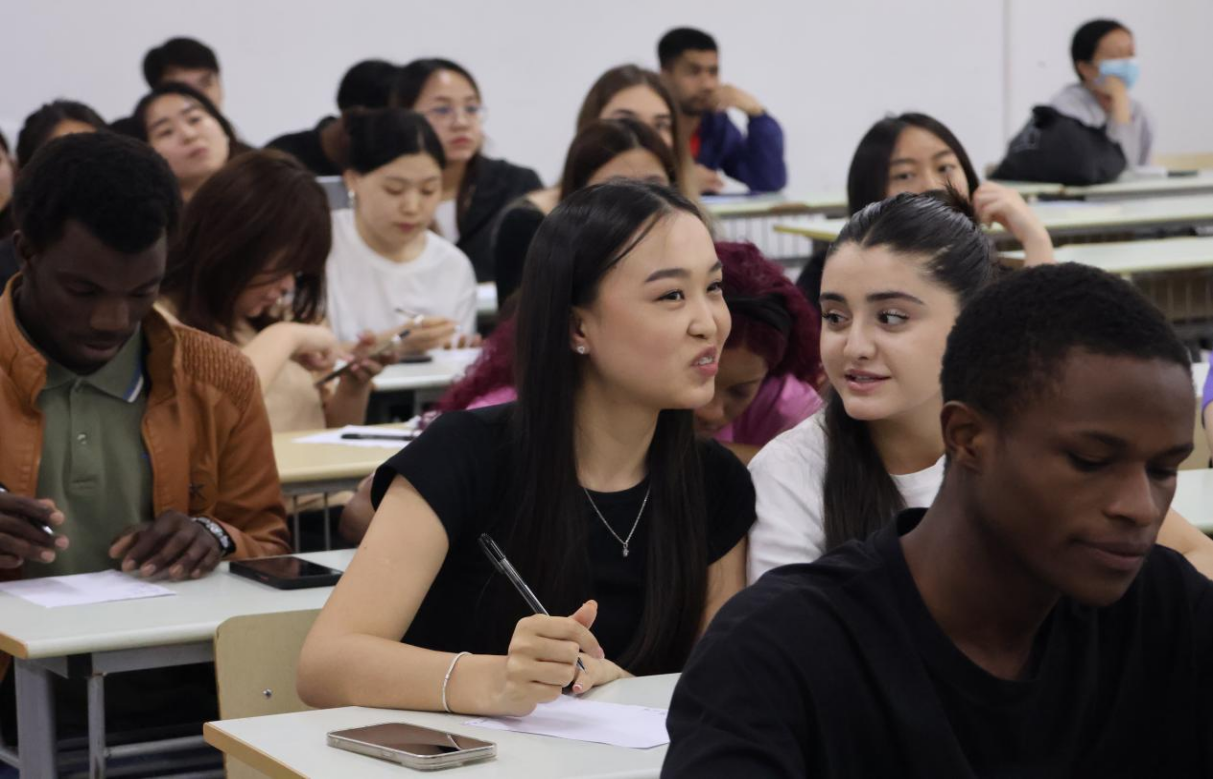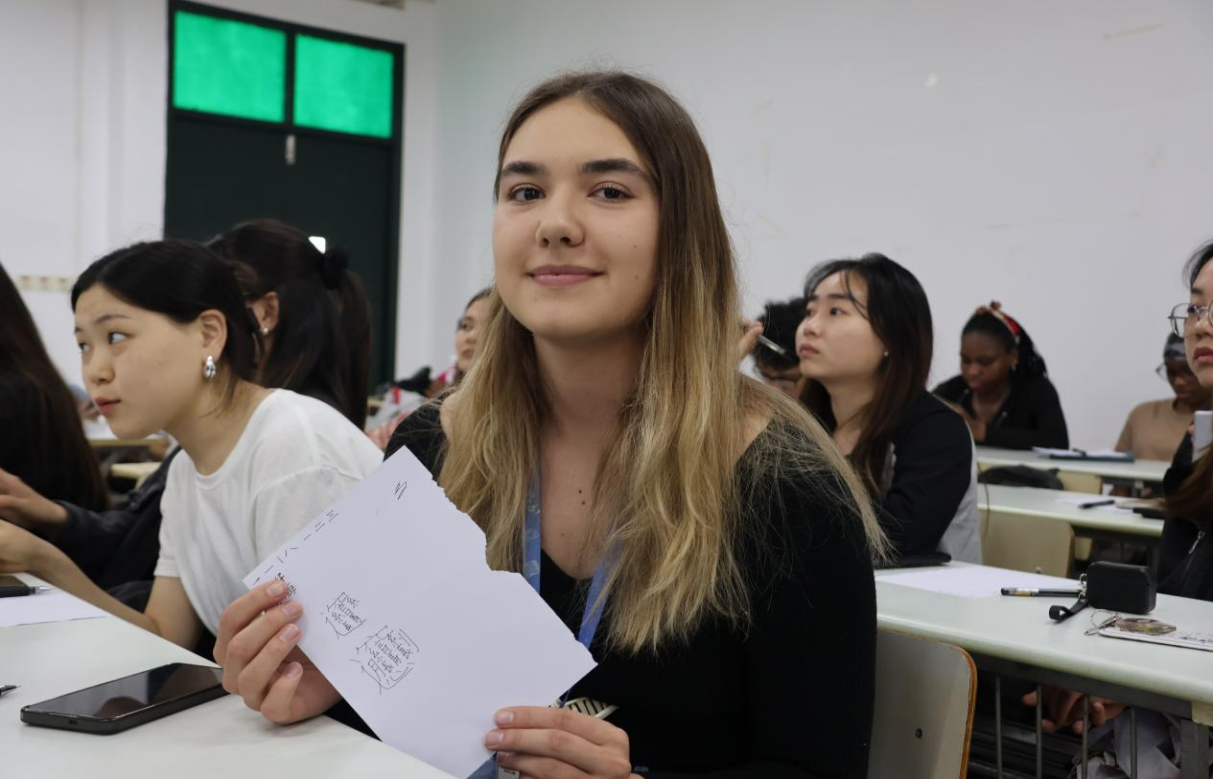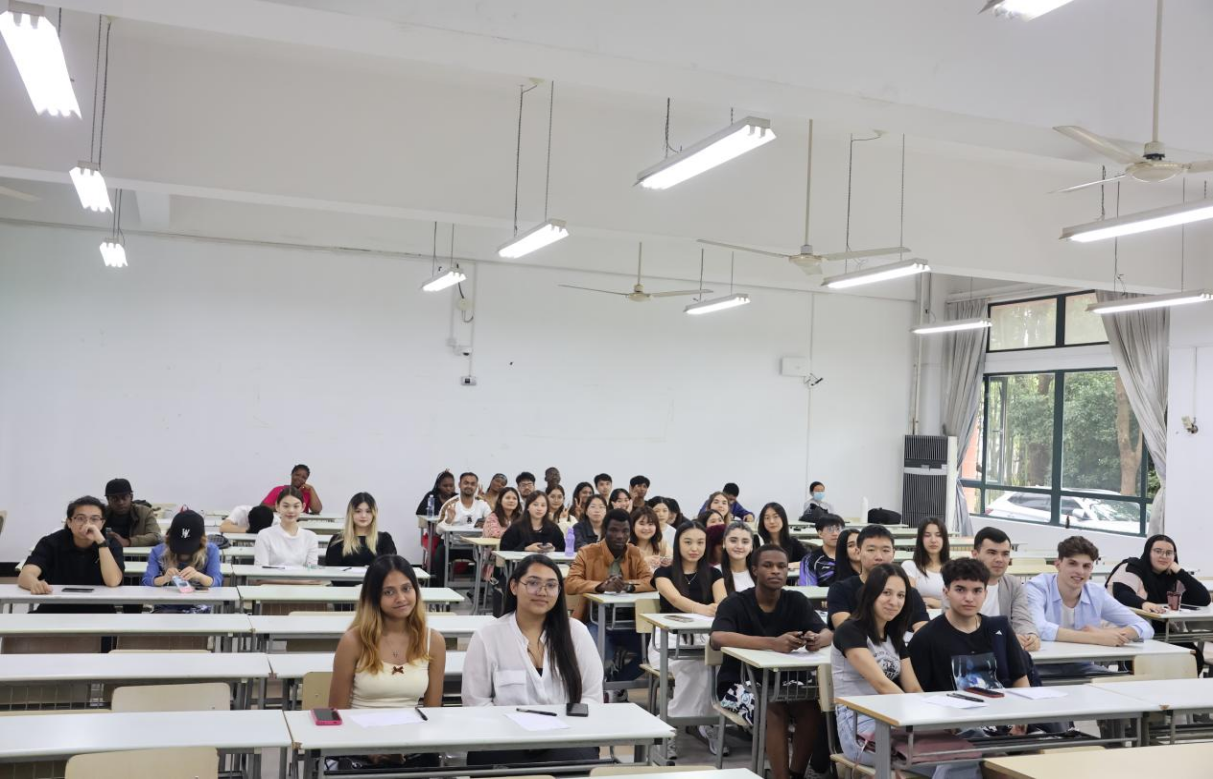On the afternoon of Tuesday, May 21, 2024, the College of International Education hosted a Chinese Salon for international students, centering around the cultural significance of Chinese characters. This event delved into the origins and historical evolution of Chinese characters, which stand as a vital conduit of Chinese civilization and the only ancient writing system still in use today. These characters are crucial markers of humanity’s transition into the age of civilization, enabling people from different nations to comprehend diverse histories and cultures, thereby serving as a foundation for cultural heritage across civilizations.

The salon commenced with an in-depth introduction to the origins of Chinese characters, a writing system with a history spanning over 6,000 years. Despite the changes brought by different dynasties and historical developments, Chinese characters have been preserved and remain in use, embodying rich cultural connotations. The evolution of Chinese characters has undergone several stages, including Oracle Bone Script, Bronze Script, Seal Script, Clerical Script, Regular Script, Running Script, and Cursive Script, each showcasing the diversity of the writing system. During the cultural event, international students practiced writing their Chinese names by following stroke orders and shared the intriguing meanings behind their names with Chinese students.


Chinese characters encapsulate and preserve a wealth of historical and cultural knowledge, serving as a cornerstone of Chinese culture. They reflect the systematic transmission of Chinese heritage, sustain cultural roots, and have been pivotal in the formation, development, and dissemination of Chinese civilization. The College of International Education hosts themed Chinese cultural salons to introduce international students to the nation’s historical traditions, showcasing the inclusiveness and openness of Chinese culture. These events highlight the Chinese aspiration for harmonious coexistence, fostering mutual understanding and promoting cultural exchange among civilizations.
Written by: Zhang Ruyi
Photos by: Zhang Ruyi
Reviewed by: Chen Wei